Waratah Seed WS-1
Status
Operational
Launch date
Flight time
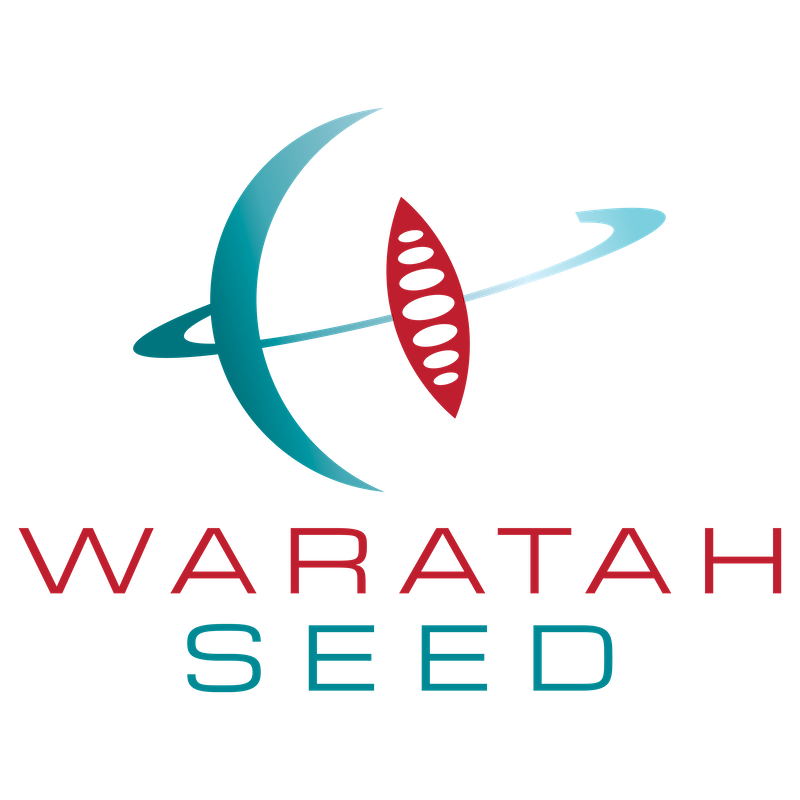
Loading…
Location
n/a
Speed
n/a
Altitude
n/a
Inclination
n/a
Orbital period
n/a
Local Mean Solar Time
n/a
Next pass (SYD)
Spacecraft subsystems
Battery power
OK
Solar panel current
OK
n/a
Power consumption
CHARGING
n/a (avg n/a)
On-board computer
OK
Payload computer
OK
S-band radio
OFF
VHF/UHF radio
OFF
Data last published
Loading…
Loading…
Loading…
Attitude control
Yaw
0°
Δ 0.0°/min
Pitch
0°
Δ 0.0°/min
Roll
0°
Δ –0.0°/min
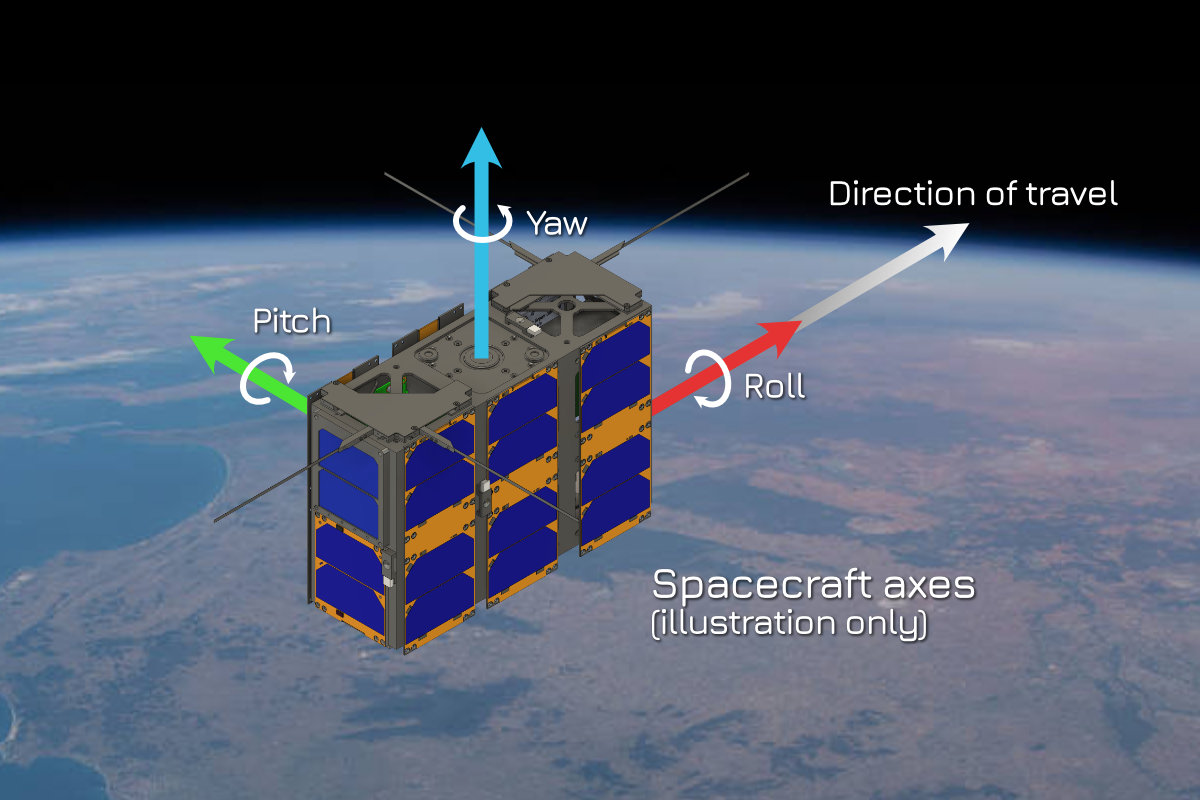
Payloads
UNSW GPS Payload
Ready
UTS Matilda
Ready
EurokaPower
Ready
Extraterrestrial Power
Ready
Spiral Blue
Ready
SPaDeS
Ready
Dandelions
Ready
Sperospace
Ready
Magnetorquer
Ready
Payload schedule (nominal)
GPS reflectometry payload (Harry)
The GPS reflectometry payload (Harry) is from the Australian Centre for Space Engineering Research (ACSER) at the University of New South Wales. It will be used to measure GPS signals scattered off the sea to determine the sea state remotely.
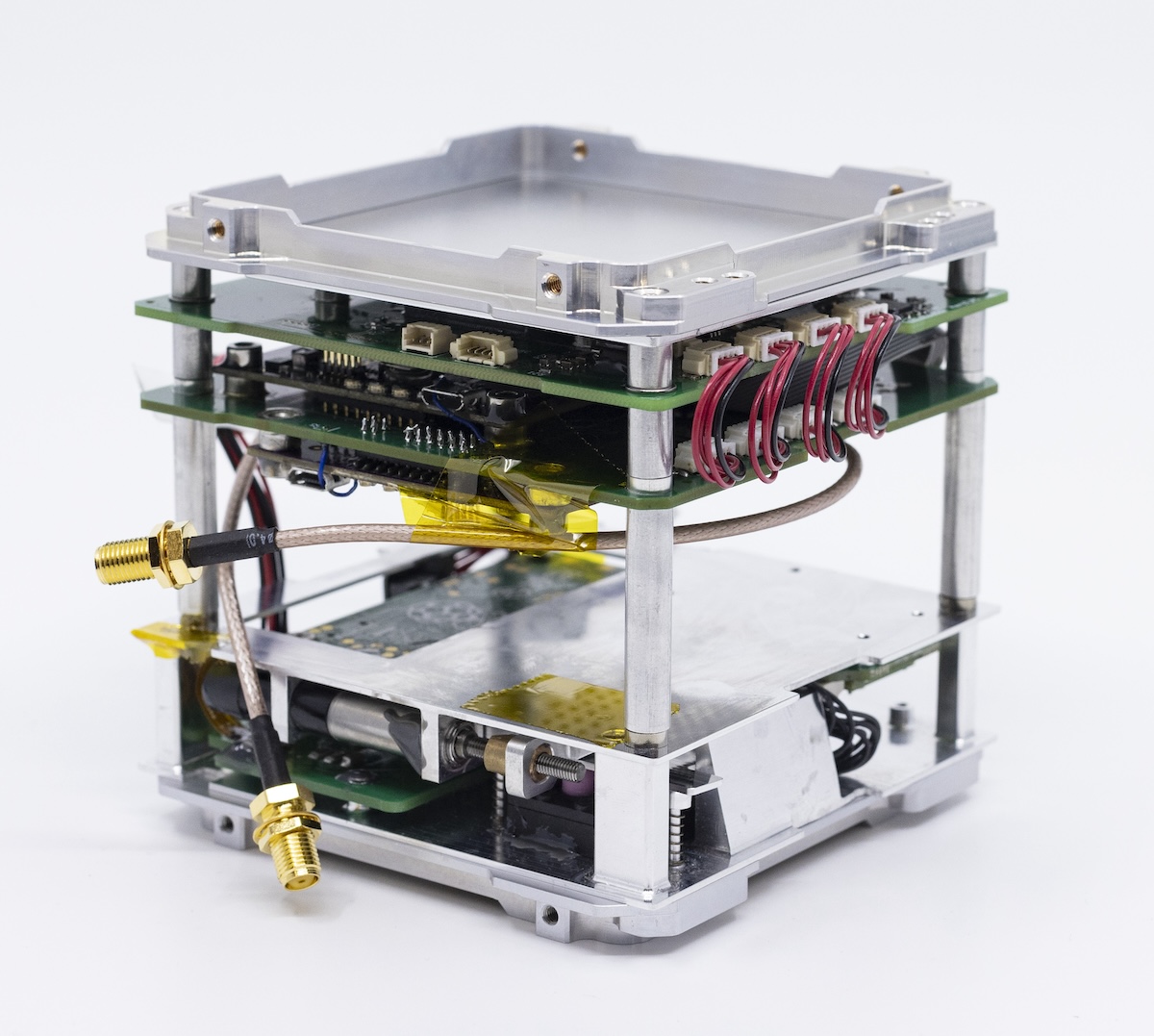
GPS receiver (top) integrated with Sperospace payload (bottom)
The GPS payload design is similar to the CUAVA-2 GPS reflectometry payload. It comprises two Kea GPS receivers with flight heritage from the UNSW-EC0, INSPIRE-2 and CUAVA-1 satellite missions. The major design change is that for the payload on WS-1, the Kea receivers are connected to 5 dBi GPS patch antennas made by Haigh-Farr instead of the deployable helical antenna. This is to avoid the potential risks of deployment failure (which may lead to complete mission failure), at the cost of slightly smaller antenna gain.
UTS Matilda Payload
The Matilda payload developed by UTS and Mawson Rovers demonstrates novel thermal management approaches to improve the performance of computers in the vacuum of space.
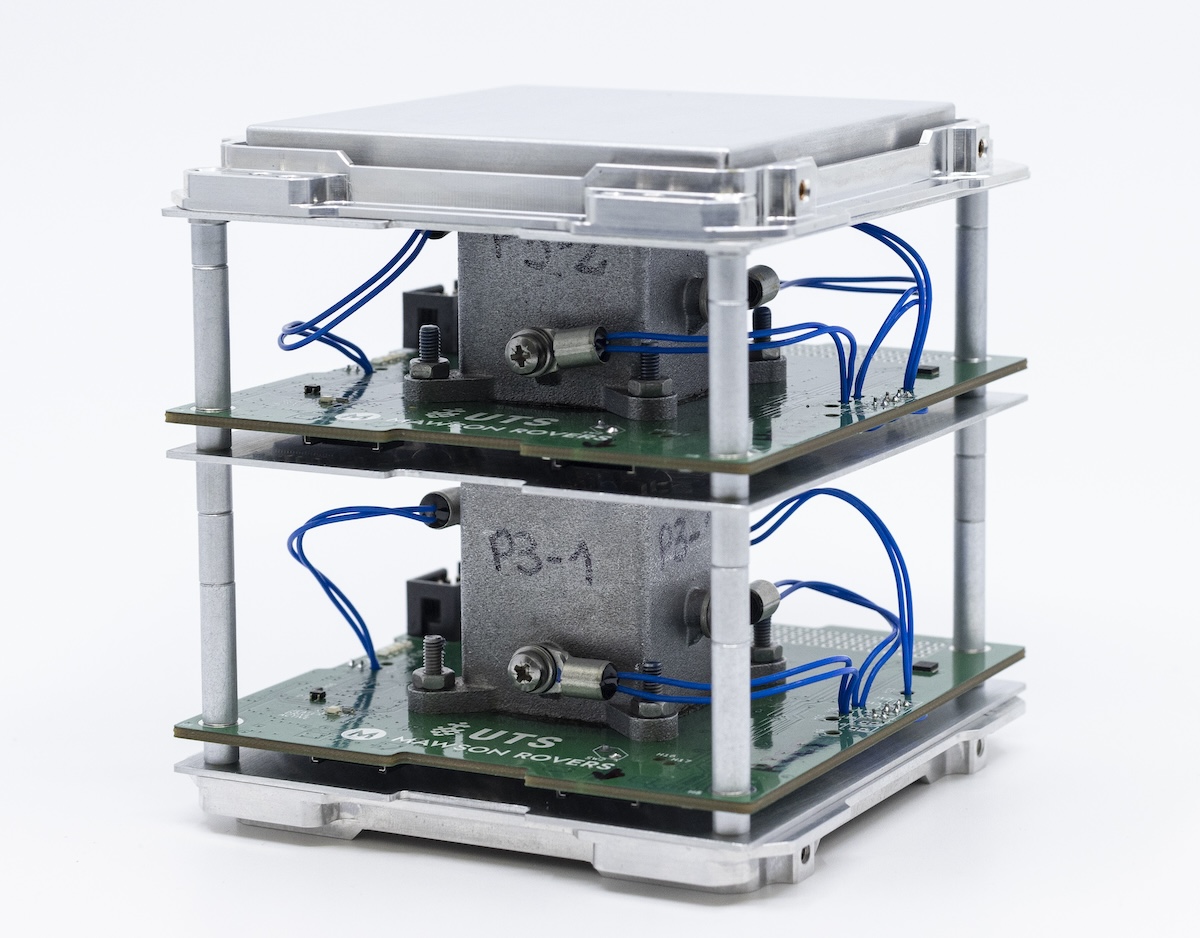
Matilda flight model
The payload consists of two experiments (top and bottom), designed to measure the performance of a 3D-printed metamaterial heatsink which uses a phase-change material (PCM) to reduce mass and more quickly remove heat from a simulated CPU/GPU than an equivalent solid metal heatsink.
EurokaPower solar cells
Emerging thin film technology based on metal halide perovskites is promising due to its low manufacturing cost, high power-to-weight ratio, high space radiation resistance, and high efficiency potential [9]. This. The University of Sydney and EurokaPower aim to develop and commercialise highly efficient and radiation-tolerant perovskite-based multi-junction solar cell technology.
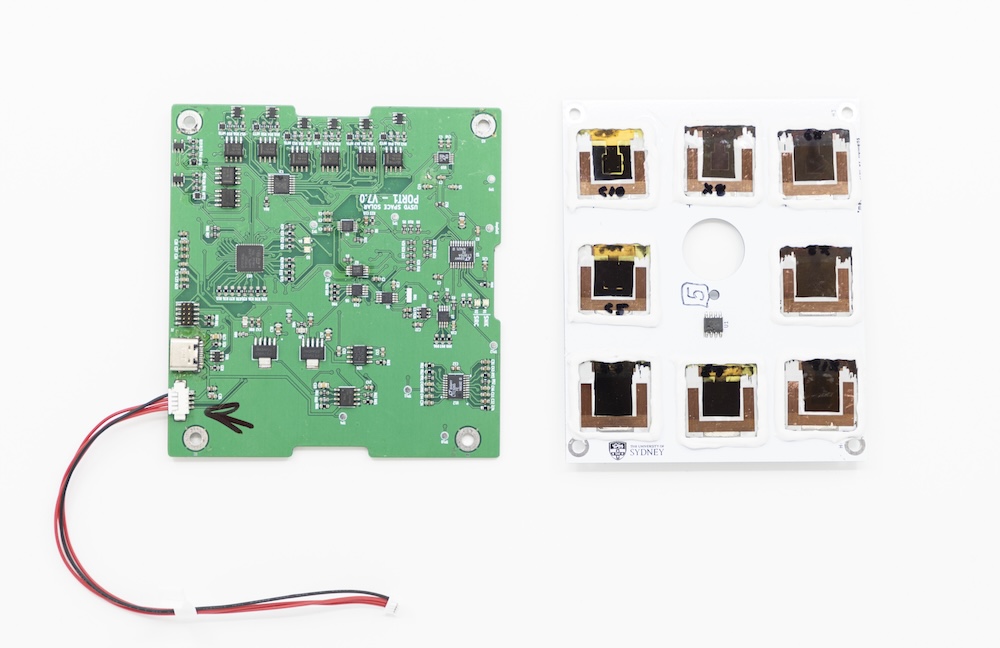
EPM Flight model for WS-1
Perovskite solar cells developed by EurokaPower are integrated as payload in Waratah Seed-1, which will gather field data of the solar cells during operation in space. This information will be useful for future process optimization and cell designing to develop space-ready perovskite solar modules.
Extraterrestrial Power (ETP) solar cells
Extraterrestrial Power (ETP) is looking to validate their proprietary radiation hardened silicon solar cells designs in space. These solar cells are designed to optimize energy efficiency and reliability with low cost for satellite constellations, utilizing the latest advancements in silicon technology.
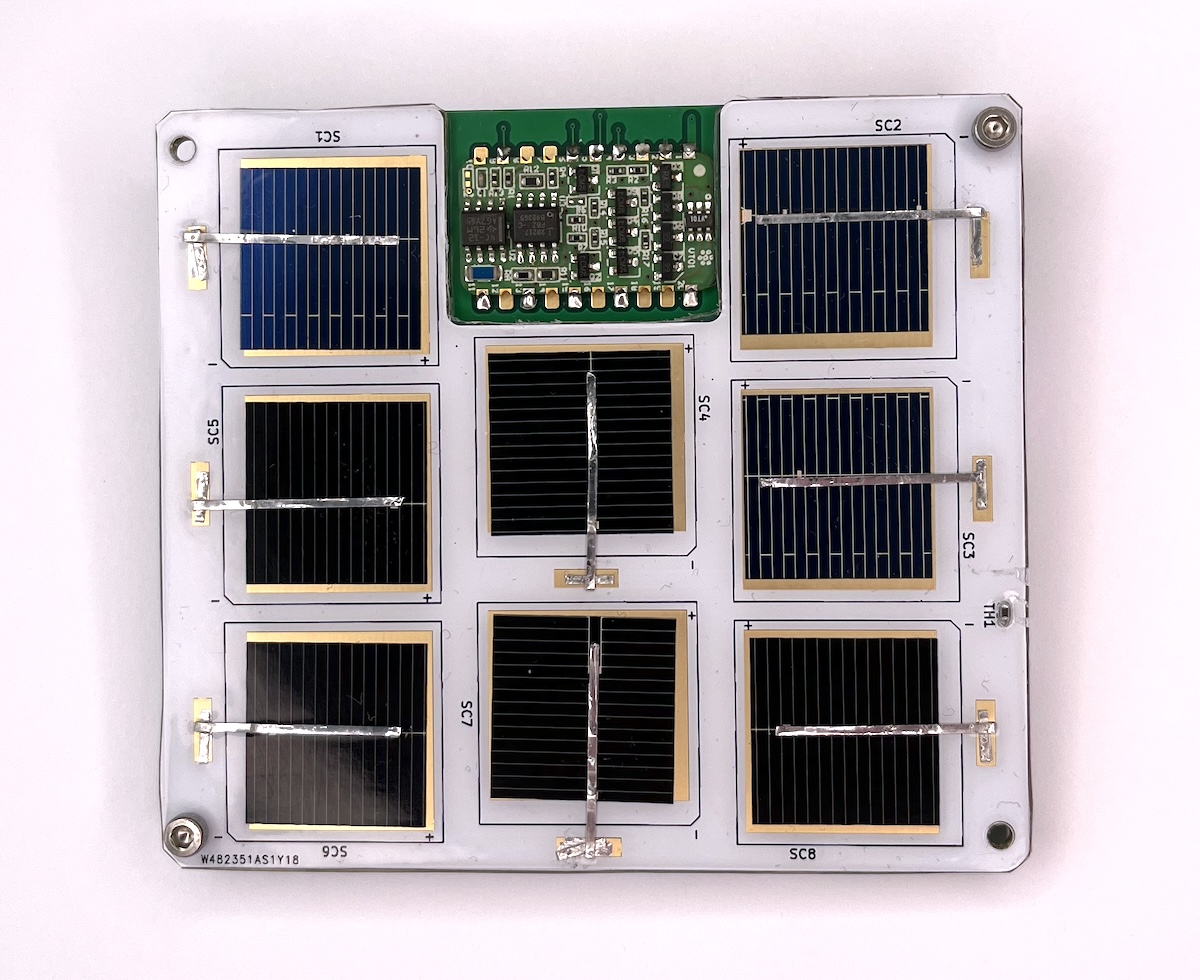
ETP solar cells and radiation counter for WS-1
Onboard, ETP will correlate the I-V curve data with temperature and radiation, the latter utilising a Total-Ionising-Dose radiation sensor (the green PCB as shown in Figure 3-5). These high-performance solar cells are built to withstand the harsh conditions of space, including intense radiation, UV and temperature fluctuations, ensuring a consistent power supply for the CubeSat’s various payloads and systems.
This test mission is a precursor for ETP powering multiple satellites on launches later in 2024.
Spiral Blue Edge-1 (SE-1)
Spiral Blue is providing a Spiral Blue Edge-1 computer (SE-1) for the Waratah Seed mission. The SE-1 supports AI and machine learning applications with the NVIDIA Xavier NX card, which offers 21TOPS of parallel processing power. The SE-1 runs a Linux Ubuntu operating system, enabling easy development of onboard machine learning applications.
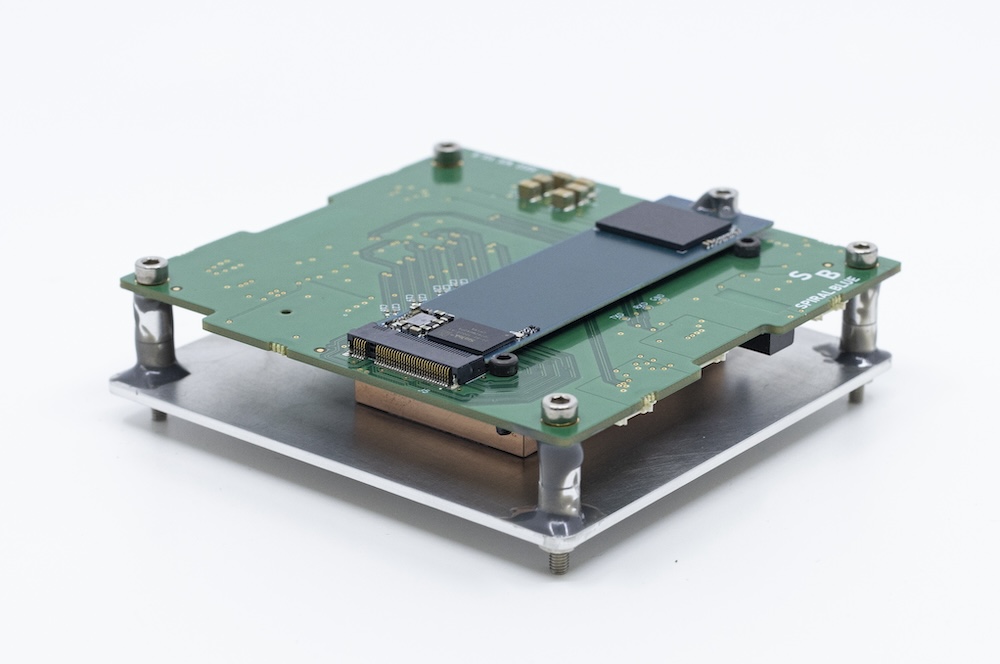
SE-1 Flight model for WS-1
Spiral Blue will be testing internally developed semantic segmentation algorithms, used for cloud detection and other satellite image processing applications. The company is also pursuing the Your Code in Space program for this mission, which on previous launches has enabled other companies to flight qualify their software in space.
Submillimetre Particle Detection System (SPaDeS)
The SPaDeS payload is a low-frequency version of the CUAVA-2 satellite’s Electron Density and Debris Instrument (EDDI), focusing primarily on detection of space debris.
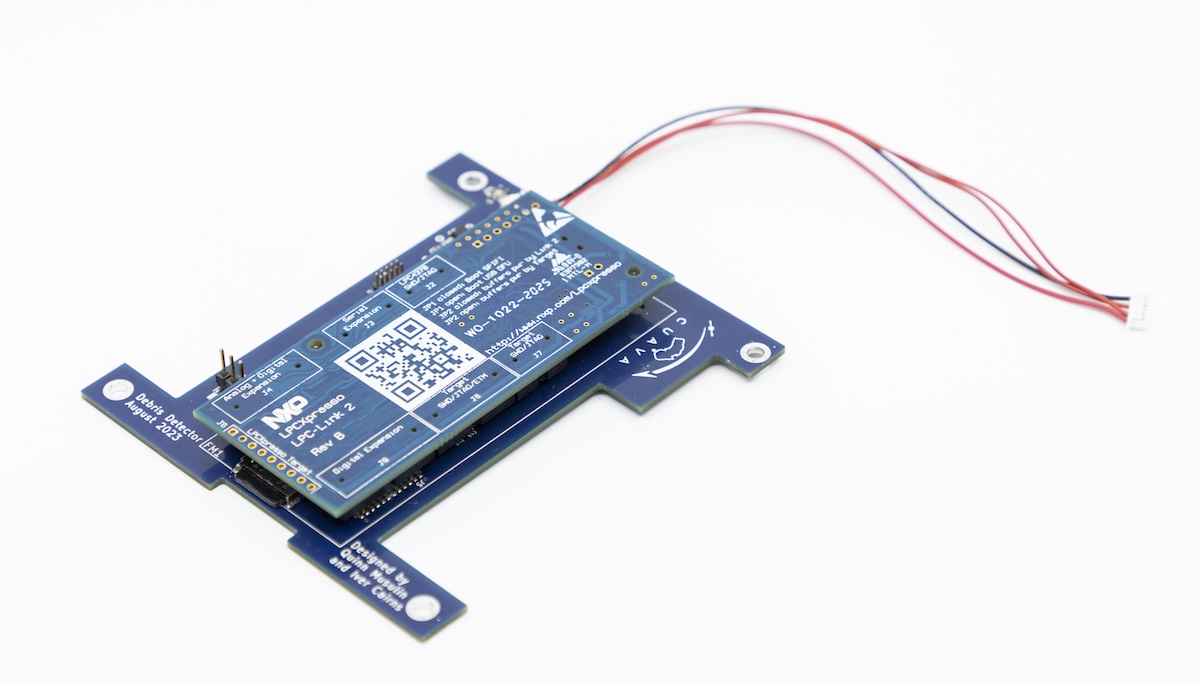
ETP solar cells and radiation counter for WS-1
The primary purpose of the SPaDeS payload is to detect sub-mm particle impacts on the satellite's body. Its secondary goal is to detect waves in Earth's ionospheric plasma and to thereby measure the ionospheric electron density and temperature. To accomplish these goals, the instrument continuously measures the electric field spectrum around the satellite using a monopole antenna connected to the spacecraft ground, which thus allows detection of inputs on the satellite body. It uses custom-built PCB for signal amplification and processing.
Dandelions-1 payload
The primary objective of the Dandelions-1 payload is to assess the suitability of biodegradable materials for use in spacecraft structures, and to explore the processing of such alternative materials for manufacturing in space.
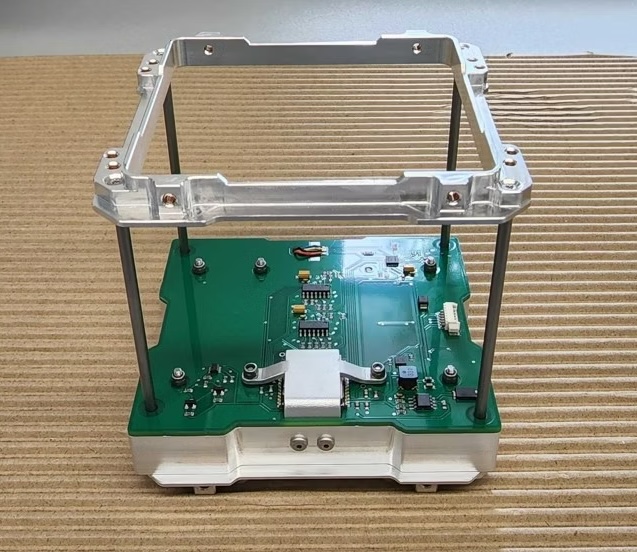
Dandelions biomaterials testing payload
The payload structure comprises a 0.25U volume with an electromechanical mechanism designed to test biodegradable materials' ability to stand bending stress.
Sperospace tactile testing system
Sperospace is a Sydney-based company working towards the advancement of robotic sensing and manipulation technology for space. The payload incorporates a Contactile friction sensor, a key piece of technology in the development of robotic arms in space with next generation sensors.
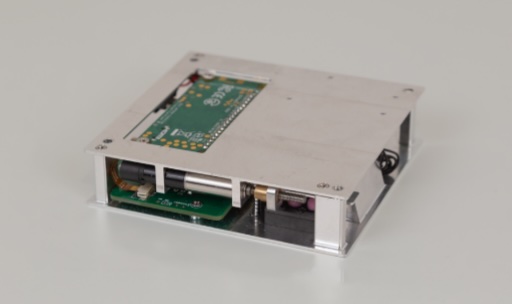
Sperospace tacile testing system flight model
This technology will ultimately be utilised across in-space servicing operations such as satellite repositioning, repair and even the construction of larger structures in-orbit.
Electro Permanent Magnetorquer (EPM)
The Electro Permanent Magnetorquer (EPM) is a CubeSat-compatible device used for attitude determination and control on the spacecraft, developed by a team at the University of Sydney’s School of Aerospace, Mechanical and Mechatronic Engineering (AMME). Unlike traditional magnetometers, this magnetorquer uses hard magnetic materials for its core.
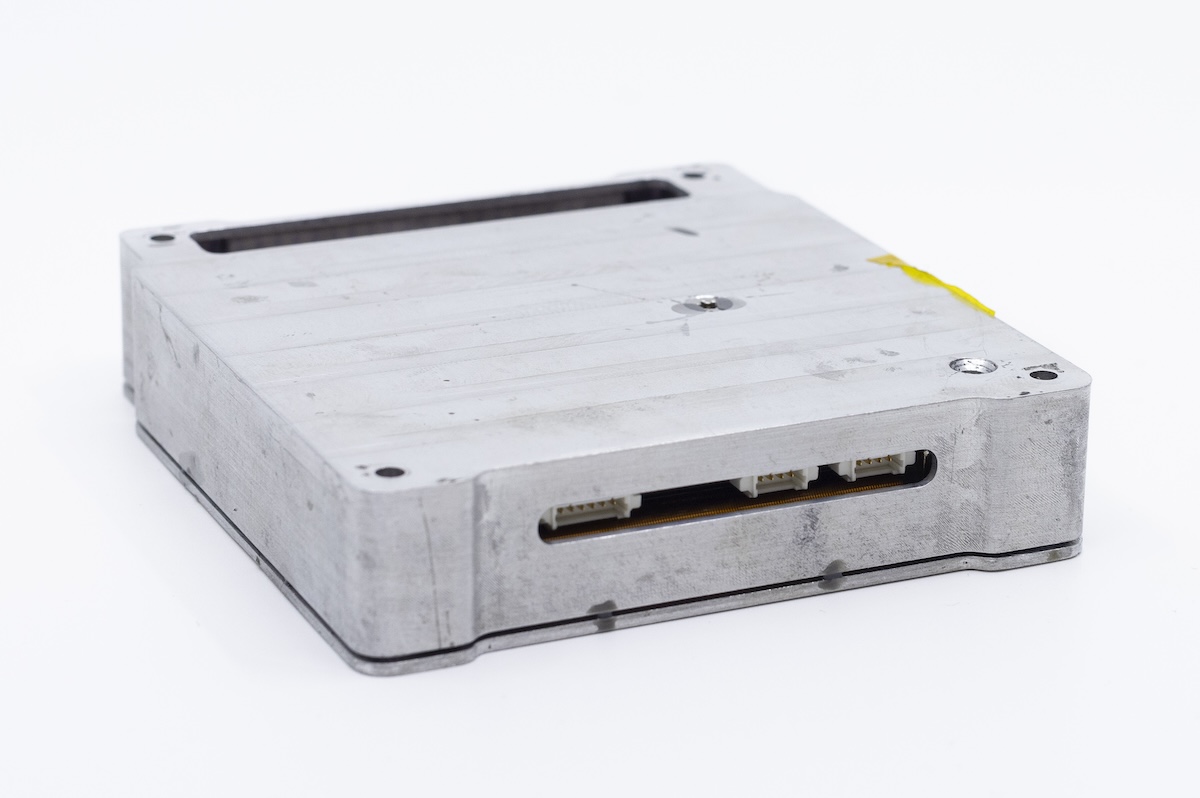
EPM flight model
In 2023, Deneb Space acquired the intellectual property from the University of Sydney for the EPM design. Subsequently, it was included as a backup payload on WS-1.